Trump Admin Yanks Biden’s Student Loan Forgiveness Applications After Court Ruling—Millions Left Scrambling – Financial Freedom Countdown
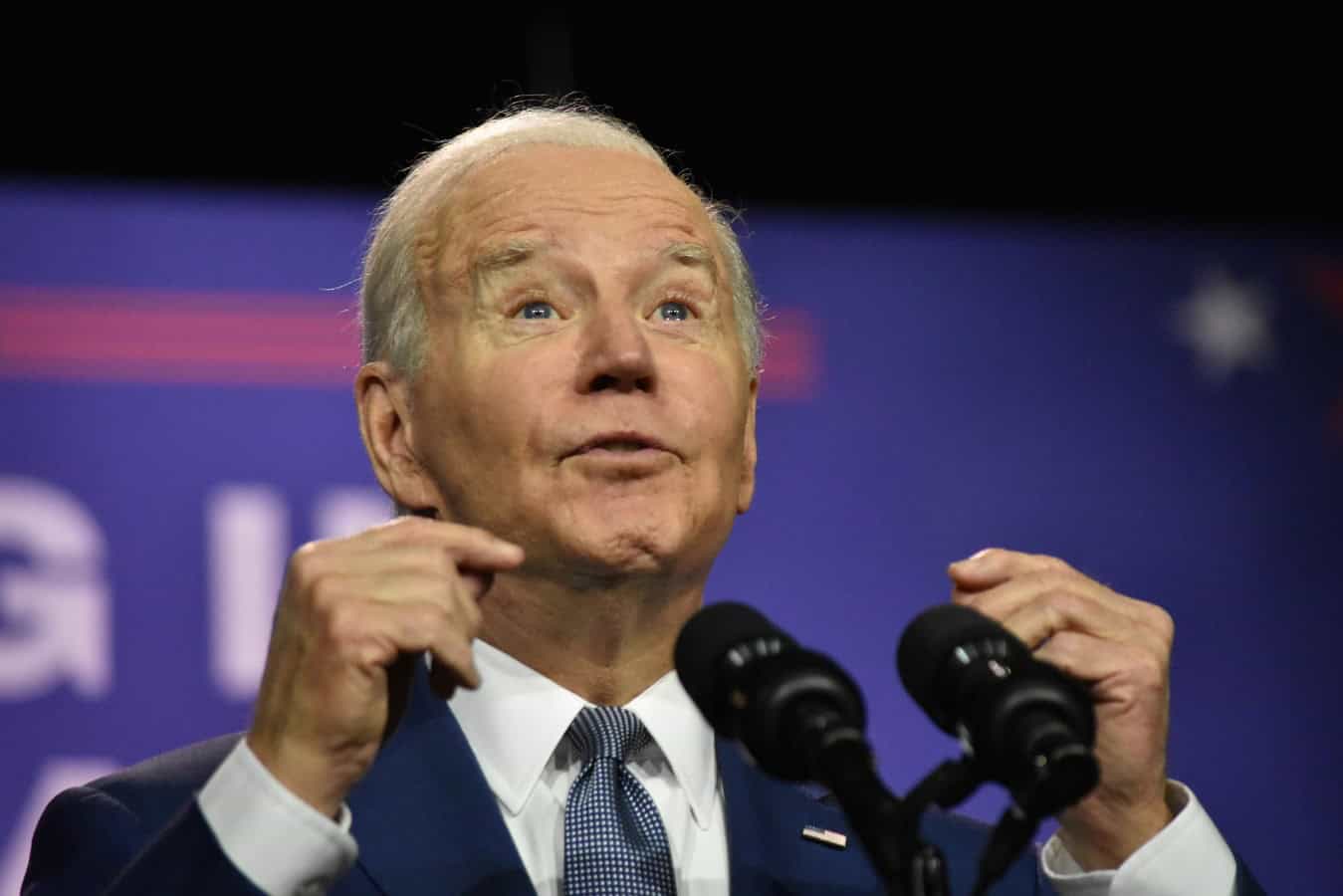
In a sudden move, the Trump administration’s Department of Education removed two crucial student loan applications on Friday, 21st February 2025, deepening the chaos in an already struggling federal loan system.
The online portals for income-driven repayment (IDR) plans and federal Direct consolidation loans were taken down, leaving millions of borrowers without access to lower payments and critical loan forgiveness programs like Public Service Loan Forgiveness (PSLF).
The decision follows a sweeping 8th Circuit Court ruling that further restricted debt relief options, raising alarms among borrowers and advocates alike.
Federal Appeals Court Blocked Biden’s $475 Billion Student Debt Plan

In a blow to student borrowers, a U.S. appeals court had blocked President Biden’s $500 billion SAVE student loan relief plan, a ruling that could lead to higher monthly payments for millions.
The decision by the 8th U.S. Circuit Court of Appeals on Tuesday, 17th February, follows the Supreme Court’s 2023 rejection of Biden’s original debt forgiveness plan, marking yet another legal setback for his administration’s efforts to ease student loan burdens.
During his tenure, President Biden implemented a student loan forgiveness initiative aimed at alleviating financial burdens for millions of Americans.
The program faced legal challenges, with critics arguing that the executive branch overstepped its authority by enacting such measures without congressional approval.
Biden Continued to Offer Student Loan Forgiveness in Final Days
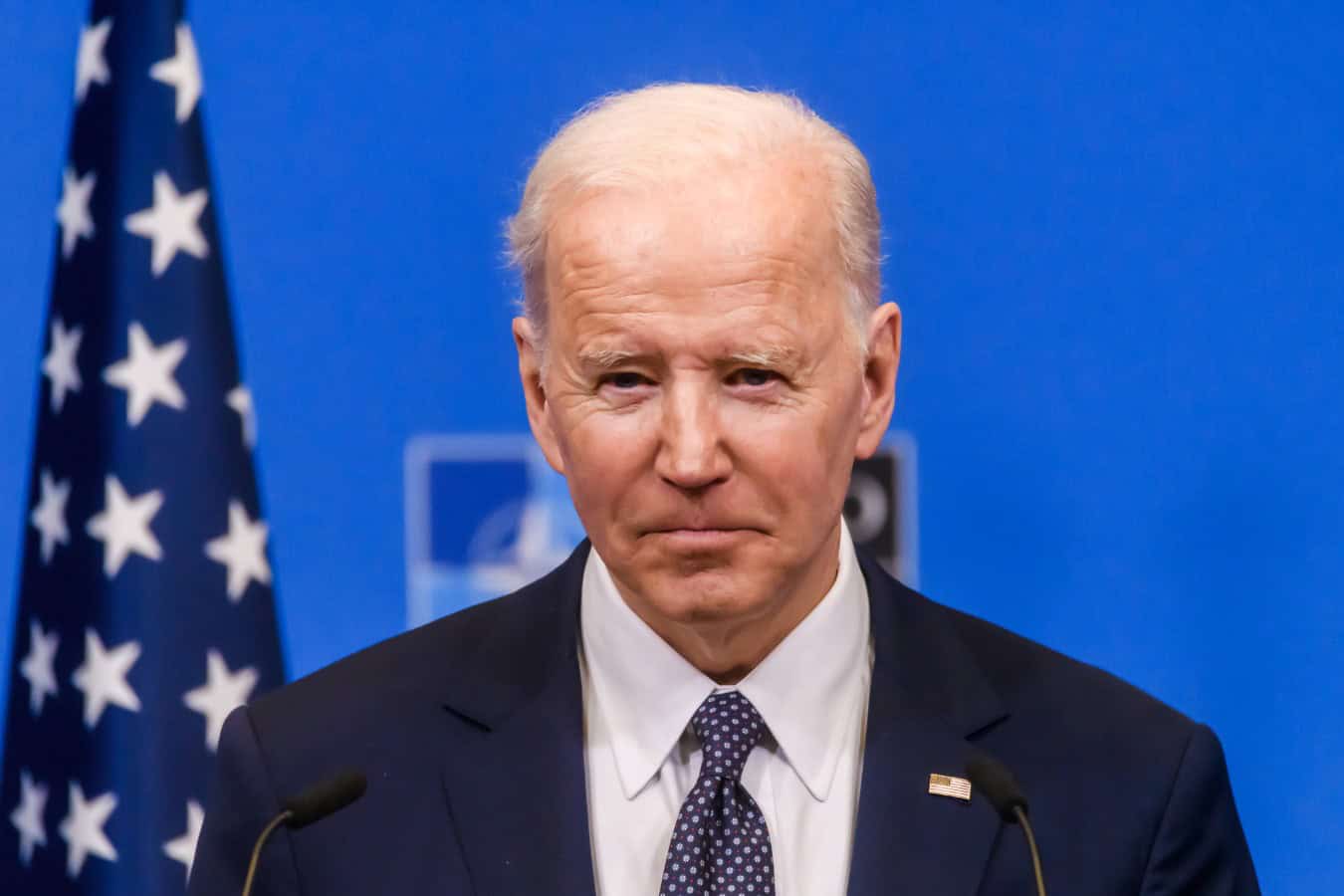
Biden continued to offer student loan forgiveness as late as 17th January, days before his term was ending. The Biden administration revealed what it called its final round of student loan forgiveness, canceling over $600 million in debt for thousands of borrowers.
The relief targeted 4,550 individuals qualifying under the Income-Based Repayment plan and 4,100 former DeVry University students.
To date, the Biden administration has delivered $189 billion in student loan forgiveness to approximately 5 million individuals through 33 executive actions.
The student loan forgiveness was expected to be the final round after Biden had announced another slew of debt forgiveness earlier in the week.
$5 Million Forgiven in January 2025

On 13th January, 2025, Joe Biden announced a plan to provide student debt relief to 150,000 borrowers.
Despite losing the legal battle to fulfill his campaign promise of broad federal student loan forgiveness, President Biden stated on Monday that his administration has “forgiven more student loan debt than any other administration in history.”
Broader Student Relief Finally Scrapped in December
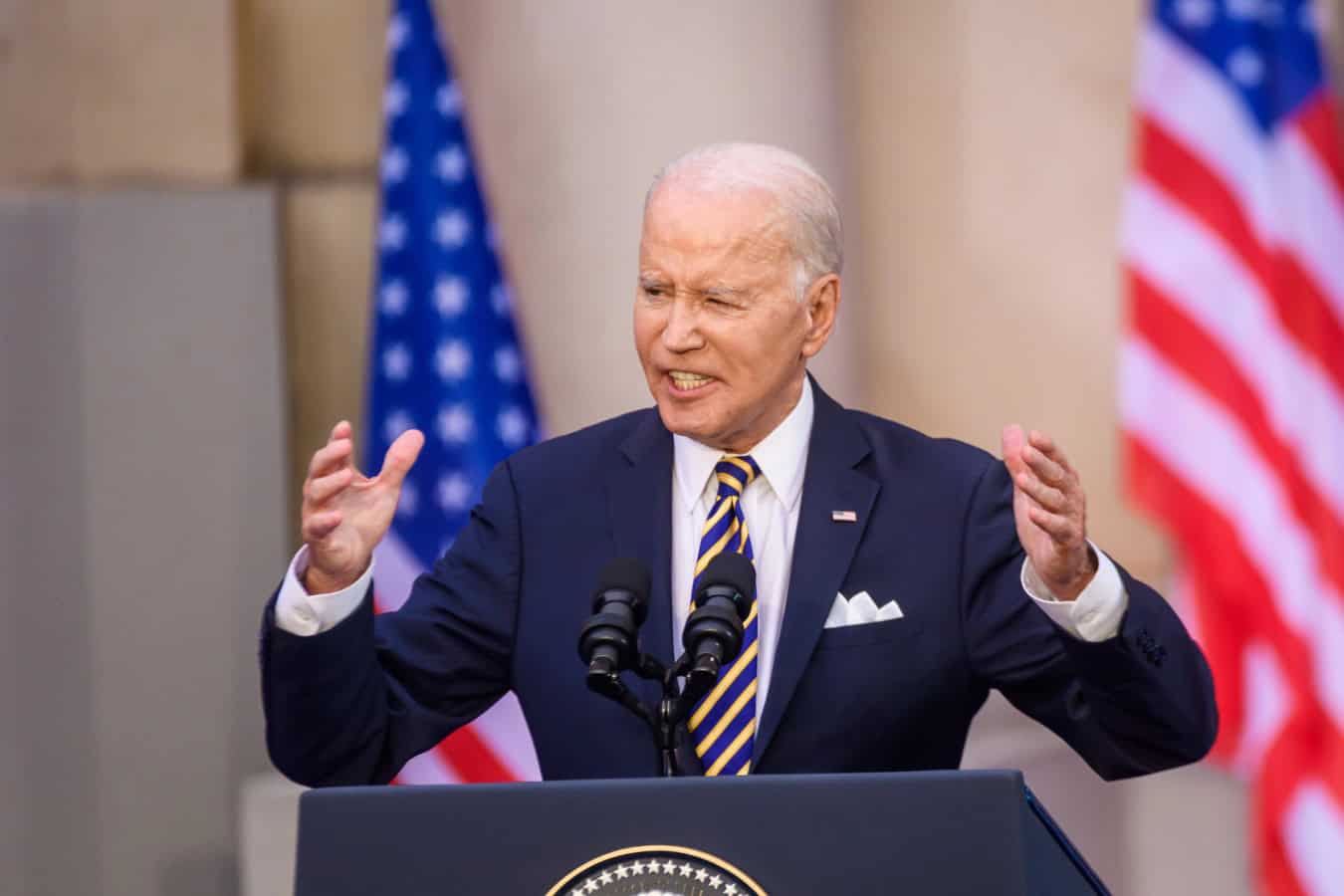
The administration in December scrapped plans for broader student debt relief for 38 million people after a stunning election loss and following the Supreme Court’s decision last year, which ruled that the Biden administration had exceeded its authority with its attempt to eliminate over $400 billion in student debt.
Holiday Gift for 55,000 Public Service Workers

Although the broader student debt relief plans were abandoned, the Biden-Harris Administration on December 19th announced the approval of $4.28 billion in student loan forgiveness for 54,900 public service workers across the nation, bringing total debt relief under the current administration to approximately $180 billion for nearly five million borrowers.
This initiative, primarily targeting participants in the Public Service Loan Forgiveness (PSLF) Program, was touted as a transformative fix to a program once riddled with inefficiencies.
U.S. Secretary of Education Miguel Cardona reflected on the progress, stating, “Four years ago, the Biden-Harris Administration made a pledge to fix the broken Public Service Loan Forgiveness Program, and we delivered.” He emphasized that this marks an essential step in fulfilling promises made to America’s teachers, first responders, and other public servants.
A Focus on Fixing the Public Service Loan Forgiveness Program
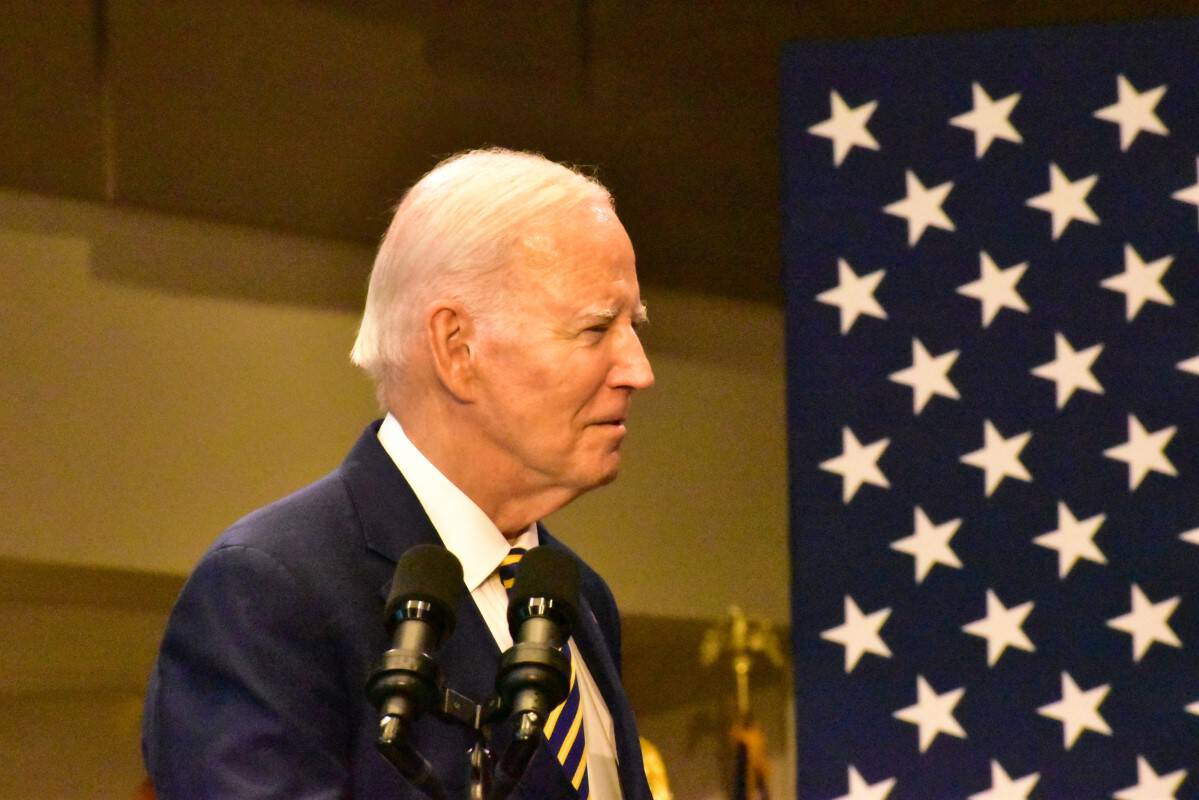
The PSLF Program offers loan forgiveness to borrowers who commit to careers in education, healthcare, law enforcement, and other vital public service roles after completing 120 qualifying payments. The announced relief included borrowers who took advantage of the limited PSLF waiver, which ended in October 2022, and recent regulatory improvements aimed at simplifying participation in the program.
Recent changes included transferring the program’s management from a single loan servicer to StudentAid.gov, allowing borrowers to more efficiently track their progress toward forgiveness. As of July 2024, this shift has reduced barriers and improved access for public servants striving to qualify for loan relief.
Since taking office, the Biden-Harris Administration has implemented historic student debt relief measures, distributing nearly $180 billion across various programs.
#1 Income-Driven Repayment Adjustments

$56.5 billion granted to more than 1.4 million borrowers through revised repayment plans like the SAVE plan. This includes administrative adjustments to income-driven repayment that brought borrowers closer to forgiveness and addressed longstanding problems due to past inaccuracies and the misuse of forbearance by loan servicers.
#2 Borrower Defense and Institutional Closures

$28.7 billion for 1.6 million individuals who experienced fraud or institutional failures. The program targeted individuals who saw their institutions precipitously close, or are covered by related court settlements.
#3 Permanent Disability Discharges

$16.2 billion provided for nearly 572,000 borrowers unable to repay due to permanent disability.
Missed Opportunity for Broader Relief
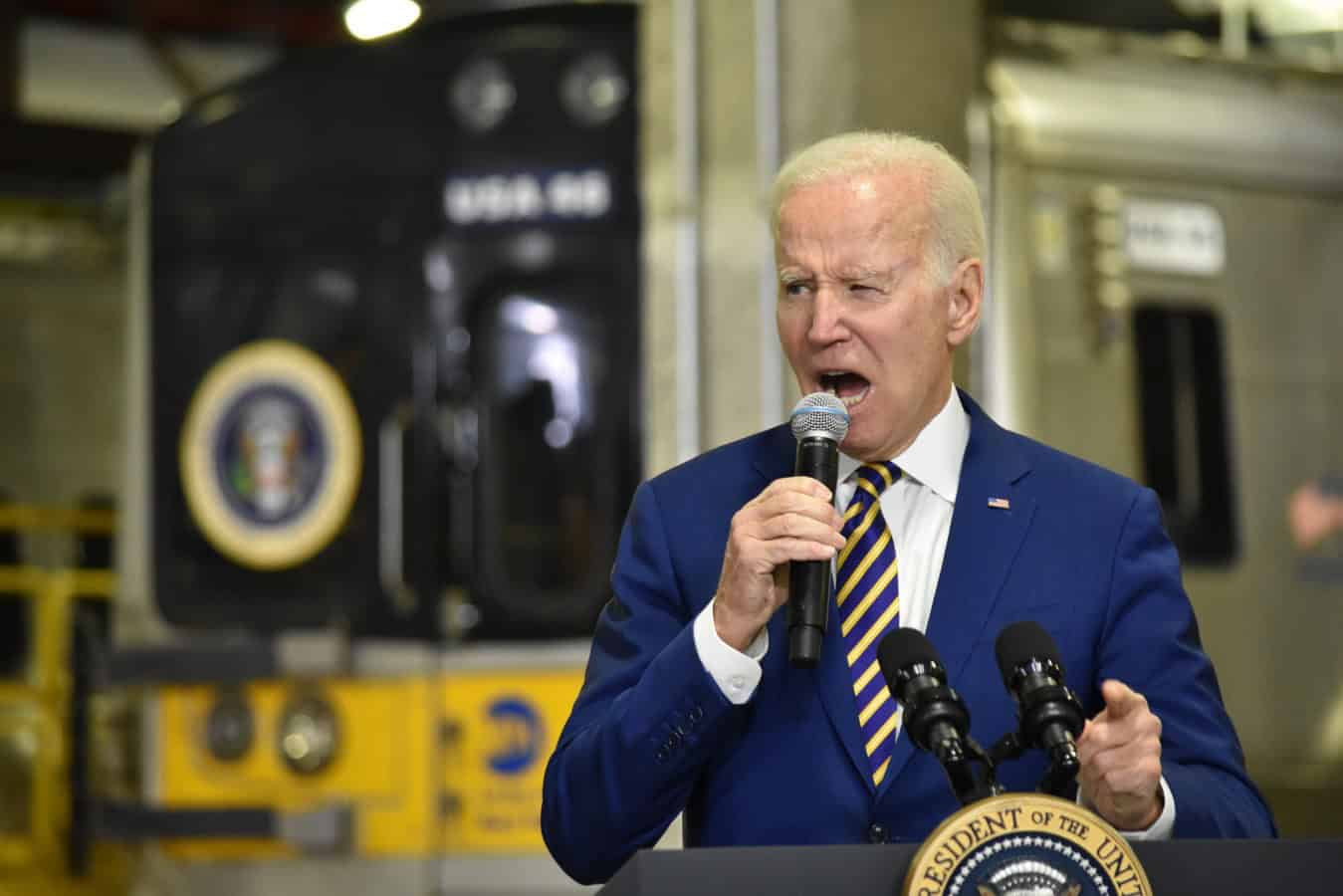
While these targeted efforts are noteworthy, the administration recently abandoned two unfinished regulations that aimed to provide sweeping student loan forgiveness for up to 38 million borrowers. Critics argue that this decision leaves a significant gap in addressing the student debt crisis.
Forgiveness for Financial Hardship Borrowers Withdrawn

The first abandoned proposal, introduced in October, aimed to provide relief to borrowers facing significant financial hardship. This plan would have extended forgiveness to individuals whose financial circumstances rendered paying off their student loans nearly impossible.
Broad Authority For Student Loan Cancellation Scrapped

The more ambitious of the two scrapped proposals, unveiled in April, sought to grant the education secretary broad authority to cancel student loan balances in specific cases. This included scenarios where interest had significantly inflated borrowers’ loans or where individuals had been making consistent payments for over 20 years without fully repaying their debt.
The administration had projected that nearly 30 million borrowers could have benefited from this regulation, potentially offering a transformative solution for those trapped in long-term debt cycles. However, with the plan now shelved, many borrowers are left without the relief they had hoped for.
Bypassing Legal Obstacles on the SAVE Plan

Since August, millions of borrowers have been left in limbo due to legal challenges against the SAVE plan—one of the administration’s cornerstone initiatives for reducing student debt.
The SAVE plan, the latest income-driven repayment (IDR) option, offers reduced monthly payments, waived excess interest, and loan forgiveness after 10 to 25 years, depending on loan type and balance. It also qualifies borrowers for Public Service Loan Forgiveness (PSLF), which forgives debt after 10 years for those in qualifying nonprofit or government careers.
Student Loan Forgiveness and Payment Reductions on Hold for SAVE Plan

In August, the 8th Circuit Court of Appeals issued an injunction that halted the Education Department’s ability to implement key provisions of the SAVE plan.
This includes pausing any student loan forgiveness, interest subsidies, or reduced payments under the SAVE plan’s formula. As a result, millions of borrowers had been placed into forbearance.
The court’s recent decision means borrowers in the SAVE plan will likely face higher monthly payments as they transition to alternative repayment options, while those eligible for debt forgiveness will lose access to the plan’s shorter repayment timeline.
Millions of Borrowers Stuck as Student Loan Forgiveness Plans Were Paused

During the forbearance period, borrowers aren’t required to make payments, and no interest accrues. However, this forbearance period does not count toward student loan forgiveness under IDR or PSLF.
Additionally, the Education Department had to pause all processing of IDR applications, including those for other IDR plans, to comply with the 8th Circuit’s injunction. As a result, millions of borrowers have found themselves effectively stuck.
Biden-Harris Administration Were Counting on Income-Based Repayment Avoiding Legal Challenges

The Income-Based Repayment (IBR) plan, established by Congress in 2007 and expanded in 2010, is not affected by the same legal challenges that have stalled the SAVE plan and other Biden administration debt relief efforts.
Like all Income-Driven Repayment (IDR) plans, IBR uses a formula based on the borrower’s income and family size, with any remaining balance eligible for loan forgiveness after 20 or 25 years. Additionally, IBR qualifies for Public Service Loan Forgiveness (PSLF).
Drawbacks of Income-Based Repayment Plan

However, IBR can be significantly more expensive than SAVE, offering minimal interest benefits. Additionally, IBR includes a “partial financial hardship” requirement, which can restrict new enrollments for borrowers with higher incomes. This means that borrowers who were previously enrolled in other IDR plans and switched to SAVE may now be unable to continue pursuing loan forgiveness if their income is too high to qualify for IBR.
Biden-Harris Administration Had Avoided Legal Roadblocks in the Past

One week before the elections, the Biden administration unveiled a long-awaited proposal aimed at providing student loan forgiveness to approximately eight million Americans facing “financially devastating hardships.”
The proposal included two main provisions: one allows debt cancellation for those deemed by the Department as having at least an 80% likelihood of defaulting within two years, while the other defines hardship through 17 “non-exclusive factors.”
Student Loan Payment Moratorium for Six Months

The Biden administration on October 20th, announced that it will continue the moratorium on federal student loan repayments while legal challenges against the debt cancellation plan unfold.
Approximately 8 million borrowers enrolled in the administration’s Saving on a Valuable Education (SAVE) plan will not have to make monthly payments for at least another six months.
President Biden’s $475 billion loan forgiveness initiative was temporarily halted by the 8th U.S. Circuit Court of Appeals in St. Louis in July, following earlier rulings from federal judges in Kansas and Missouri, amid a lawsuit brought by seven Republican-led states.
Status of Broader Student Loan Forgiveness
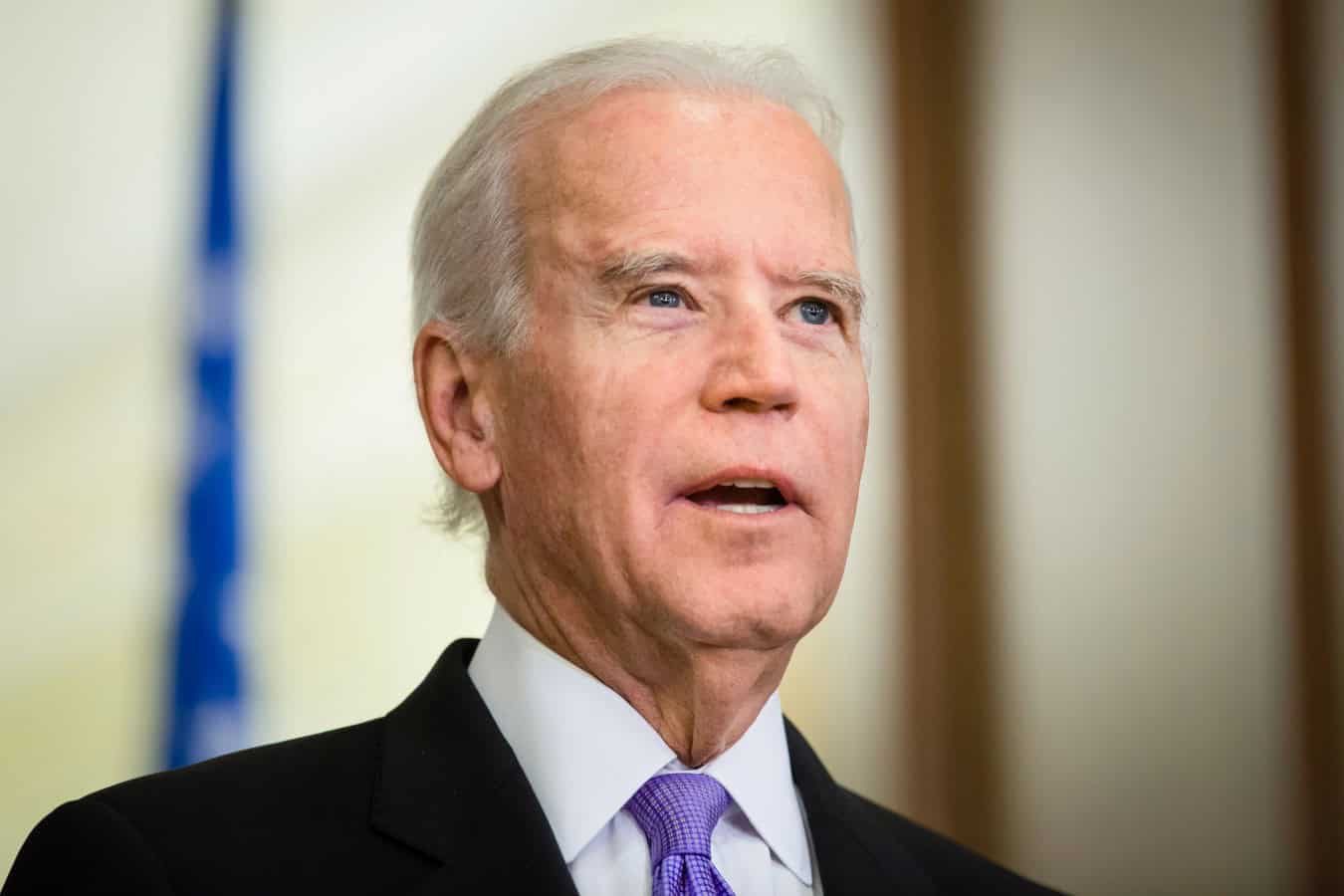
Biden campaigned on a promise to cancel widespread student loan debt, but the Supreme Court blocked his plan last year, which aimed to forgive up to $20,000 for 40 million Americans.
In response, Biden directed his Education Department to pursue a new approach with different legal grounds, but the plan was temporarily halted by a judge in Missouri after being challenged by several Republican-led states, shutting down hopes for progress just as another judge’s pause had expired.
Seven States Had Filed Suit Against Third Biden-Harris Student Loan Forgiveness Scheme Days After SCOTUS Sides With Missouri

Judge J. Randal Hall had issued a temporary restraining order after Republican state attorneys general filed a lawsuit challenging a rule proposed by the Education Department in April.
The rule would provide full or partial debt relief to certain borrowers, affecting an estimated 30 million people.
Although the rule has not yet been finalized, the state attorneys general claimed they had obtained documents showing the department instructed federal loan servicers to begin canceling loans as soon as this week, which could unlawfully forgive $73 billion in debt overnight.
Led by Missouri, the states argue that the Education Department lacks the authority for such large-scale debt forgiveness. While the administration estimates the policy’s cost at $146.9 billion, the states suggest it could reach into the hundreds of billions.
Judge Hall stated that he “hastily” issued the restraining order to maintain the status quo until a Sept. 18 hearing. This order was again extended for 14 days and was vacated on 3rd October.
This legal action adds to the growing list of challenges against President Joe Biden’s student loan policies.
Supreme Court Rejected Biden Administration’s Desperate Appeal to Revive Student Loan Forgiveness Plan
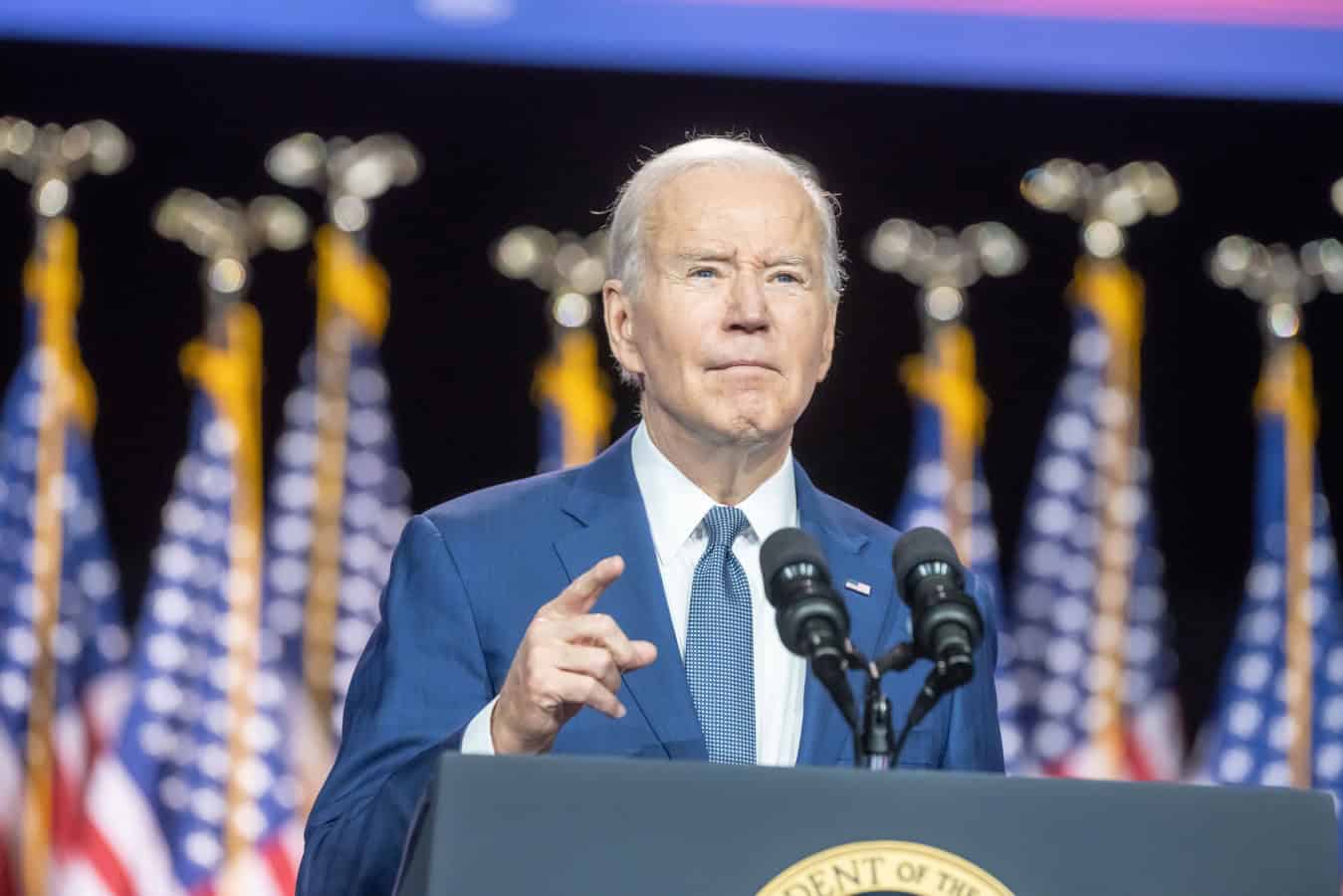
In August, the Supreme Court rejected a Biden administration plea to revive its latest multibillion-dollar student loan forgiveness plan, as lawsuits continue to move through lower courts.
In an unsigned order with no noted dissents, the court urged the appeals court to issue a more detailed ruling on the plan “with appropriate dispatch.”
Two Lower Court Rulings Jeopardize Biden’s Student Loan Forgiveness Plan
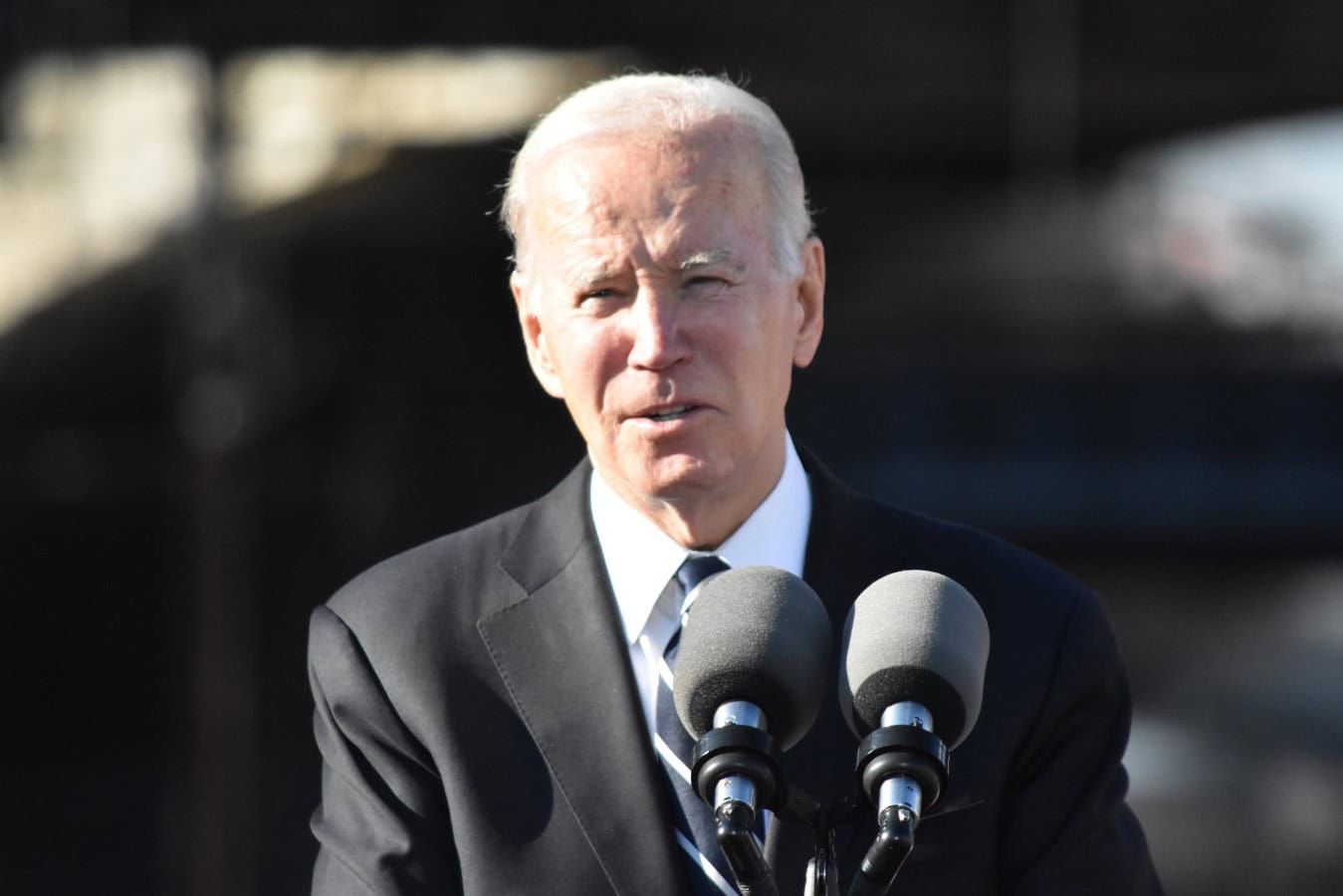
Litigation in two separate cases concerning the SAVE (Saving on a Valuable Education) plan jeopardizes one of the Biden administration’s key student loan policies.
The plan was initially blocked in June by U.S. District Judge John Ross in St. Louis, who issued a preliminary injunction preventing the administration from implementing the forgiveness provision of the SAVE plan.
The 8th U.S. Circuit Court of Appeals in St. Louis further blocked the entire debt relief plan on August 9, prompting the administration’s emergency appeal to the Supreme Court.
Meanwhile, a separate challenge by another group of Republican-led states is pending in the 10th U.S. Circuit Court of Appeals in Denver.
This marked the second emergency appeal regarding the SAVE Plan submitted to the Supreme Court this summer.
$189 Billion in Loans Forgiven So Far

Including the latest forgiveness action, the administration has now cancelled over $189 billion in debt for almost 5 million borrowers which amounts to 10% of all outstanding student loan debt and an average of $34,783 per student.
Biden’s New Student Loan Forgiveness Plan Was Estimated To Cost $84 Billion, Adding To The Already Massive $475 Billion

A recent analysis by the Penn Wharton Budget Model (PWBM) suggests that Biden’s new student debt relief plan could incur approximately $84 billion in costs if put into action. This amount is in addition to the $475 billion previously estimated for Biden’s prior SAVE plan.
The report states “We estimate that the New Plans will cost $84 billion in addition to the $475 billion that we estimated for President Biden’s SAVE plan, for a total cost of about $559 billion across both plans.”
The New Plans contained 5 main provisions
#1 Waived Accrued and Capitalized Interest

Up to $20,000 in interest will be waived, irrespective of borrower’s income levels. Single individuals earning under $120,000 or couples earning under $240,000 annually are eligible for a complete waiver of all balances exceeding the initial balance under any Income-Driven-repayment (IDR) plan. No application is necessary as automatic relief will be applied.
Estimated cost of $57.75 billion
#2 Forgiving Student Debt For Borrowers In Repayment For 20 Years

Those who began repaying loans on or before July 1, 2005 (or July 1, 2000 for those with graduate debt) will have all undergraduate debt eliminated. No enrollment in IDR plans is necessary for this relief, although other application requirements for borrowers are yet to be clarified.
Estimated cost of $19.07 billion
#3 Automatic Debt Relief

Automatically relieving debt for eligible borrowers not enrolled in specific forgiveness programs. Those who meet forgiveness criteria but aren’t enrolled will benefit from favorable repayment rules, including those of the SAVE plan or closed school discharge. No application is required as automatic relief will be applied.
Costs already included as part of the prior SAVE loan forgiveness.
#4 Assisting Borrowers From Low Value Programs or Institutions

Debt relief will be extended to those who accrued debt from programs or institutions that did not provide “sufficient value” in terms of post-graduation earnings.
Not enough details have been provided by the administration to calculate the cost.
#5 Loan Repayment Hardships

Relief will be tailored to each borrower’s situation, though whether it will cover partial or full debt is unspecified. The department’s hardship proposal aims to provide loan cancellation to borrowers facing a high risk of loan default. Additional details are pending on this proposal.
Breakdown of the Budget Cost Estimates

The Penn Wharton Budget Model broke down the budgetary impact of each of the 5 provisions including the number of individuals benefitting along with their average household income.
One of the biggest criticisms of the New Plan is the benefit provided for about 750,000 households making over $312,000 in average household income.
Legal Challenges and Court Rulings

The program encountered several legal obstacles, including a ruling from the 5th Circuit Court of Appeals, which blocked the administration’s borrower defense rule.
The court cited “numerous statutory and regulatory shortcomings” in its decision. The Biden administration subsequently appealed to the Supreme Court, which had agreed to hear the case prior to the recent DOJ request.
Public Opinion Did Not Favor Biden On Student Loan Debt
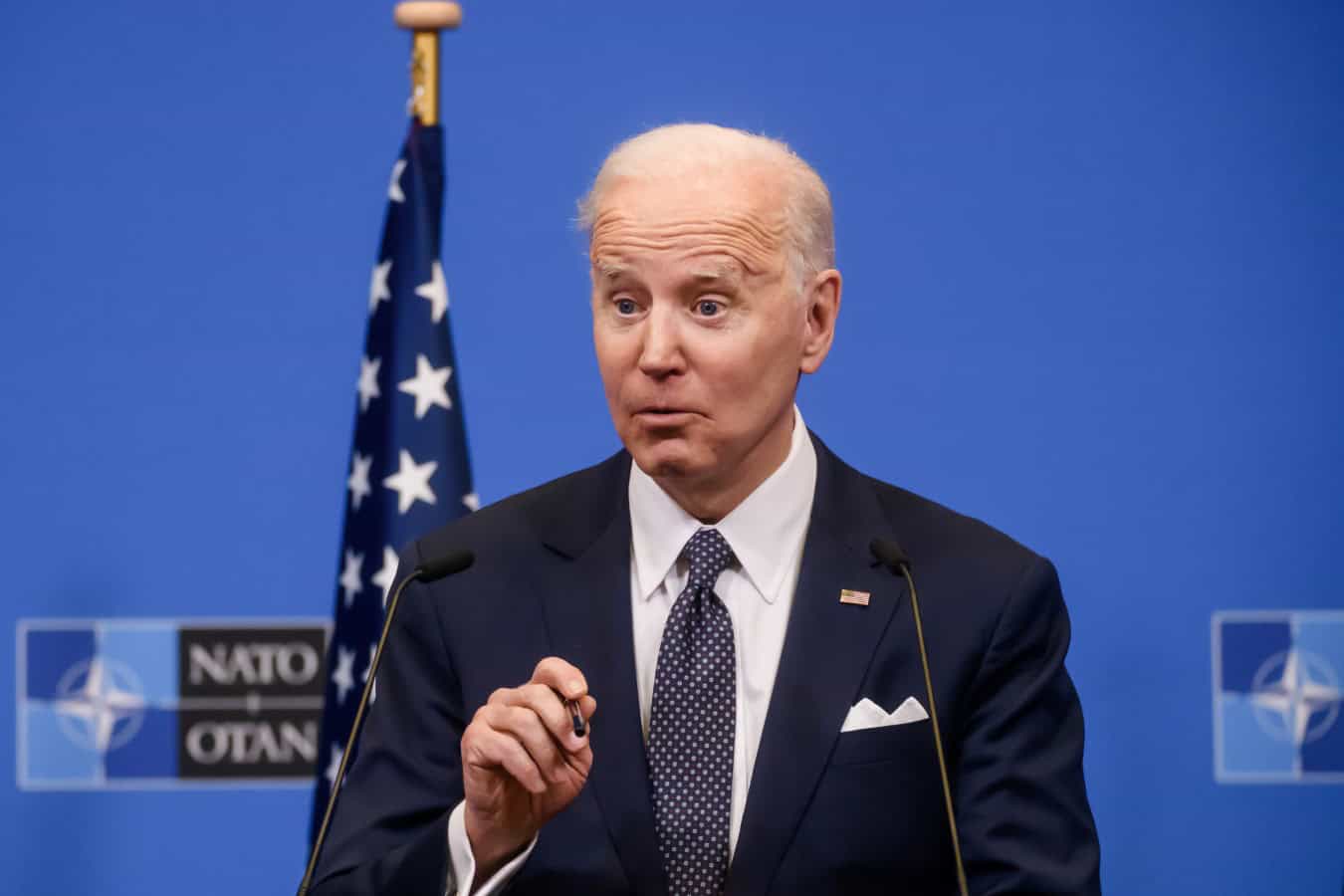
A new poll from the University of Chicago Harris School of Public Policy and The Associated Press-NORC Center for Public Affairs Research reveals that three in ten U.S. adults approve of how President Biden has handled student loan debt, while four in ten disapprove, with the remaining respondents either neutral or uncertain.
The outlook is similarly bleak among those with unpaid student loans, whether for themselves or a family member.
Monthly Student Loan Forgiveness Announcements

Prior to the November election, the administration was keen to highlight its progress in debt cancellation programs, making similar announcements almost monthly.
In April, the administration announced another round of cancellations totaling $7.4 billion for 277,000 borrowers.
On May 1st, the Biden administration has announced the cancellation of $6.1 billion in student loans for 317,000 borrowers who attended The Art Institutes.
On 22nd May, the cancellation of an additional $7.7 billion in student loans was announced.
Education Department officials dedicated years to navigating bureaucratic hurdles to advance the regulations. After extensive public debate, a panel of federal negotiators approved the sweeping proposals in February. The department unveiled one plan in April, promising borrowers debt relief as early as fall 2024, while the second plan was introduced just 11 days before the November election.
Questions Remain on the Timing of the Announcement

To date, the Biden administration has delivered $189 billion in student loan forgiveness to approximately 5 million individuals through 33 executive actions.
The withdrawal of the final two proposals in December left millions of struggling borrowers without a pathway to manage their debt burdens, raising questions about the administration’s ability to address the broader student debt crisis effectively.
However, Biden’s announcement of additional student loan forgiveness in his final week in office after losing the election raised questions.
Implications for Borrowers

The court’s recent decision means borrowers in the SAVE plan will likely face higher monthly payments as they transition to alternative repayment options, while those eligible for debt forgiveness will lose access to the plan’s shorter repayment timeline.
Court Ruling Rebukes Biden’s Plan
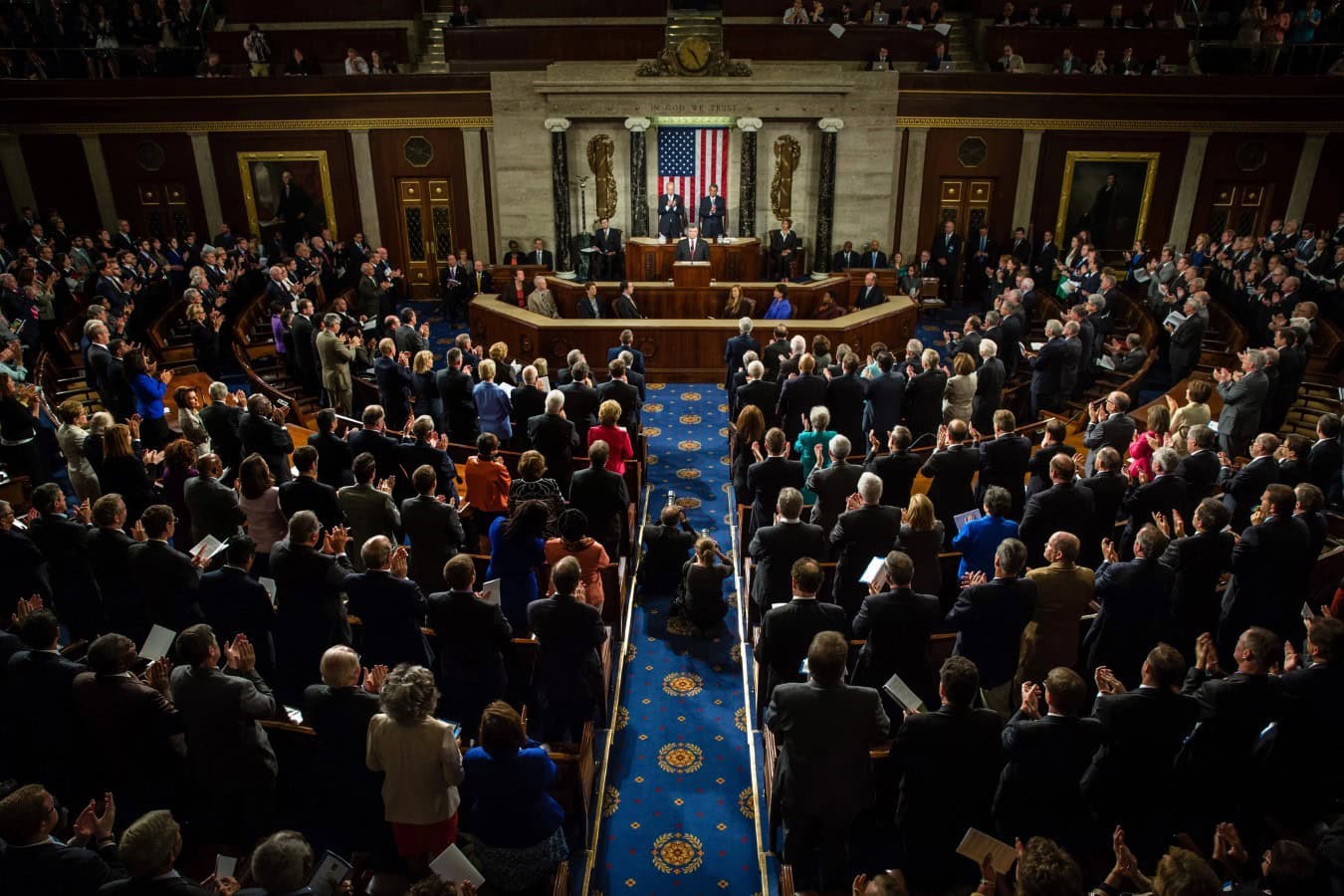
U.S. Circuit Judge L. Steven Grasz, wrote in the ruling, “Rather than implying by omission or other ambiguities, Congress has spoken clearly when creating a repayment plan with loan forgiveness or otherwise authorizing it—explicitly stating the Secretary should cancel, discharge, repay, or assume the remaining unpaid balance.”
Grasz, whose opinion was joined by two other Republican-appointed judges, said the Biden administration had “gone well beyond this authority by designing a a plan where loans are largely forgiven rather than repaid.”
Reactions from Stakeholders

Missouri Attorney General Andrew Bailey, a Republican who led the legal challenge, wrote on X, formerly Twitter: “Though @JoeBiden is out of office, this precedent is imperative to ensuring a president cannot force working Americans to foot the bill for someone else’s Ivy League debt. HUGE win.”
As the situation evolves, borrowers are advised to monitor official communications from the Department of Education and consult financial advisors to navigate potential changes in their repayment plans.
Like Financial Freedom Countdown content? Be sure to follow us!

The Trustees of Social Security and Medicare unveiled their yearly financial forecasts for both programs, looking ahead over the next 75 years. The newly released projections for Social Security paint a grim picture of rapid progression towards insolvency in 10 years, underscoring the urgent need for trust fund remedies to avert widespread benefit reductions or sudden adjustments in taxes or benefits.
Social Security Projected to be Insolvent by 2035, Medicare by 2036
Top 10 Cities Where Home Sellers Are Losing Big, With San Francisco Seeing 20% Take a Loss, Quadruple the National Average

In San Francisco, a significant number of home sellers are experiencing financial losses at levels not seen in over a decade. This uptick in losses can be attributed to home prices normalizing after a period of steep increases. Currently, nearly 20% of sellers in the city are selling their homes for less than their purchase price, with average losses around $155,500. In contrast, the national scene is less bleak, with only 4% of home sellers across the United States facing losses, as home prices generally continue to hover near peak levels. The typical loss for those unlucky few is about $40,000. Redfin conducted an analysis of the top 50 metros to narrow down the cities where the seller sold the home for less than they bought it for. Here are the top 10 cities where home sellers are facing losses
Retire Abroad and Still Collect Social Security? Avoid These 9 Countries Where It’s Not Possible

Dreaming of retiring to a sun-drenched beach or a quaint village? Many Americans envision spending their golden years abroad, savoring the delights of new cultures and landscapes. However, an essential part of this dream hinges on the financial stability provided by Social Security benefits. Before packing your bags and bidding farewell, it’s crucial to know that not all countries play by the same rules when it comes to collecting these benefits overseas. Here are the nine countries where your dream of retiring abroad could hit a snag, as Social Security benefits don’t cross every border. Avoid living in these countries so your retirement plans don’t get lost in translation.
Retire Abroad and Still Collect Social Security? Avoid These 9 Countries Where It’s Not Possible
Trump’s Second Term May Bring Unexpected Tax Changes — Here’s What You Need to Know

With former President Donald Trump reclaiming the White House after defeating Vice President Kamala Harris, taxpayers could soon experience the impact of his bold tax agenda. Trump’s 2017 Tax Cuts and Jobs Act (TCJA) brought sweeping changes, including lower tax brackets, a higher standard deduction, and an expanded child tax credit. During his campaign, he hinted at even more dramatic cuts, such as eliminating taxes on Social Security benefits and tips and further reducing corporate tax rates. One of the most significant moves on the horizon could be the extension of key provisions from the TCJA, which are set to expire in 2025. Here’s a look at the TCJA provisions that may sunset next year without Congressional action.
Trump’s Second Term May Bring Unexpected Tax Changes — Here’s What You Need to Know

John Dealbreuin came from a third world country to the US with only $1,000 not knowing anyone; guided by an immigrant dream. In 12 years, he achieved his retirement number.
He started Financial Freedom Countdown to help everyone think differently about their financial challenges and live their best lives. John resides in the San Francisco Bay Area enjoying nature trails and weight training.
Here are his recommended tools
Personal Capital: This is a free tool John uses to track his net worth on a regular basis and as a retirement planner. It also alerts him wrt hidden fees and has a budget tracker included.
Platforms like Yieldstreet provide investment options in art, legal, real estate, structured notes, venture capital, etc. They also have fixed-income portfolios spread across multiple asset classes with a single investment with low minimums of $10,000.

